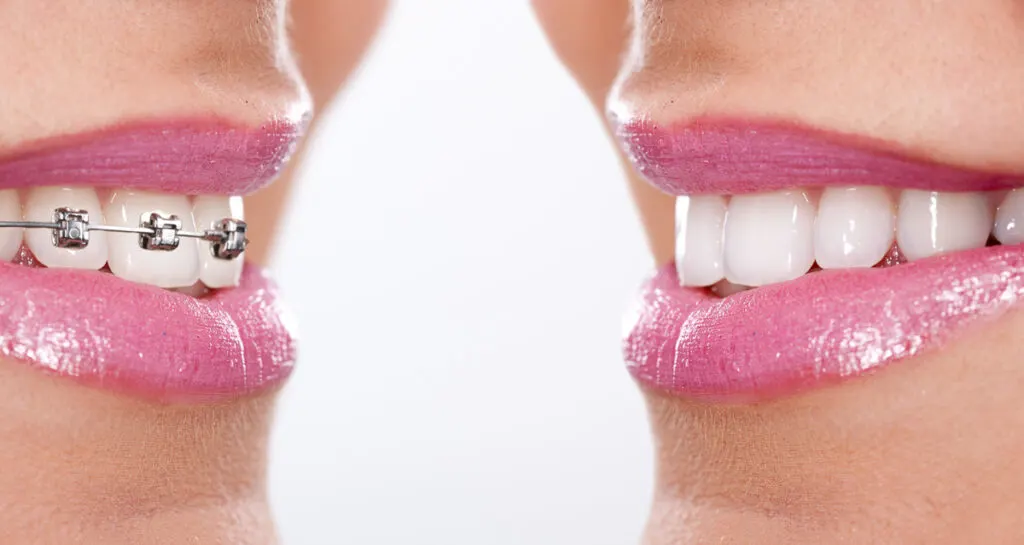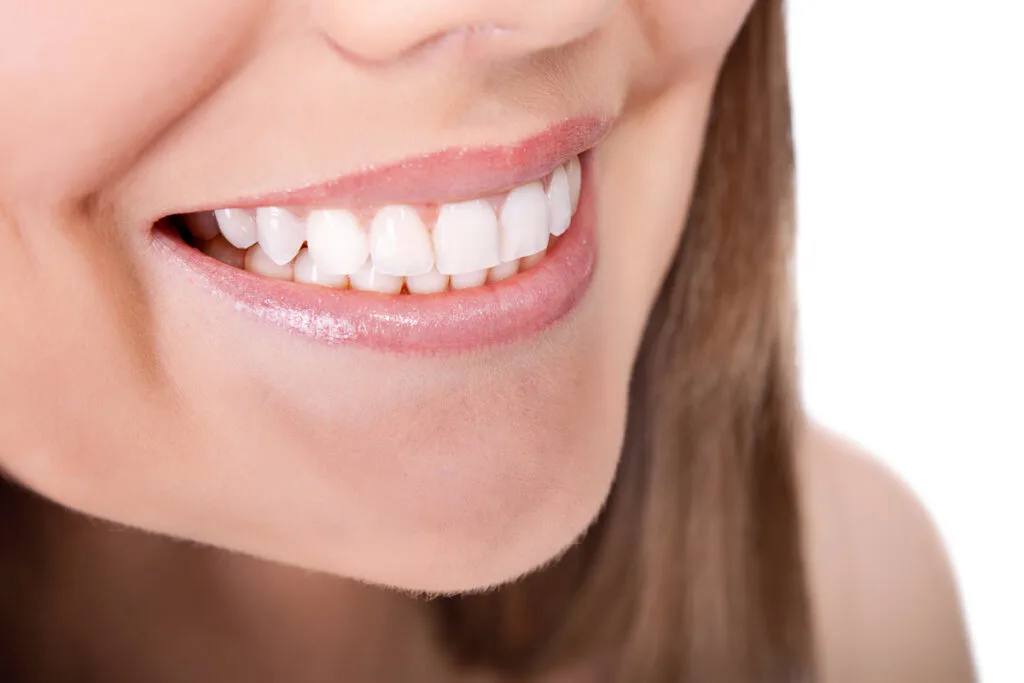Metal Retainer after Braces – what’s there to know and consider? You’ll find the answer and all the relevant information in this article.
Congratulations on completing your braces journey! Now that your braces have been removed, it’s essential to maintain the beautiful smile you’ve worked so hard to achieve.
One crucial aspect of post-braces care is wearing a retainer.
In this article, we’ll explore the ins and outs of metal retainers, how to care for them, and why they are a popular choice for retaining your newly straightened teeth.

Introduction to the Topic: “Metal Retainer after Braces”
After braces, your teeth might shift back to their original positions. To prevent this, orthodontists often recommend wearing a retainer.
A retainer is a custom-made device that helps maintain the alignment of your teeth, keeping them straight and in their corrected positions.
Metal retainers are one of the commonly used options, offering several benefits.
Types of Retainers
Retainers come in different types, including plastic, ceramic, and metal.
Metal retainers, also known as stainless steel or wire retainers, are crafted from strong, durable materials that can withstand daily wear and tear.
They consist of a thin metal wire that conforms to the shape of your teeth, offering reliable retention.
Metal retainers provide excellent support for maintaining tooth alignment, and their discreet appearance makes them a popular choice.
While they may not be as aesthetically pleasing as clear retainers, they offer durability and effectiveness.
How to Care for a Metal Retainer
Proper care is necessary to ensure your metal retainer remains clean and effective. Here are some essential tips for maintaining your retainer:
- Regular Cleaning: Clean your metal retainer daily using a soft-bristle toothbrush and non-abrasive toothpaste. Gently brush the retainer to remove any plaque or debris.
- Avoid Harsh Chemicals: Avoid using strong chemicals or mouthwashes that may damage or corrode your metal retainer. Stick to mild, non-alcoholic mouthwashes or a mixture of water and vinegar for occasional soaking.
- Keep it Moisture-Free: After cleaning, ensure your retainer is completely dry before placing it back in your mouth. Moisture can promote bacterial growth and compromise its hygiene.
- Store Properly: Store your metal retainer in its protective case when not wearing it. Avoid exposing it to extreme heat or direct sunlight, as this can distort its shape.
- Regular Check-ups: Schedule regular check-ups with your orthodontist to ensure your retainer is in good condition and functioning properly.
By following these simple care instructions, you can maintain the cleanliness and longevity of your metal retainer.

Adjusting to a Metal Retainer
Wearing a retainer, especially a metal one, might feel a bit uncomfortable at first. It’s normal to experience some initial soreness or pressure on your teeth and gums.
However, you’ll adapt to wearing the retainer with time, and any discomfort will subside.
During the adjustment period, certain activities might require extra caution:
- Speech: You may initially notice a slight lisp when speaking with your retainer. Practice speaking slowly and enunciating words to improve your speech clarity.
- Eating: It’s generally recommended to remove your retainer before eating. Metal retainers can handle light chewing, but avoiding hard, sticky, or crunchy foods that could damage or dislodge the retainer is best.
Adapting to a metal retainer is a matter of patience and consistency. Soon enough, it will become a seamless part of your daily routine.
How Long Should a Metal Retainer Be Worn?
The duration of retainer wear varies from person to person, depending on individual factors such as the severity of the initial orthodontic issues and the stability of your teeth.
Typically, orthodontists recommend wearing a retainer full-time (day and night) for the first six months to a year.
Afterward, wearing the retainer at night is often sufficient to maintain the results achieved through braces.
It’s essential to follow your orthodontist’s instructions regarding the duration of retainer wear.
Failing to wear your retainer as recommended could lead to unwanted tooth movement, reversing the progress made during your orthodontic treatment.
Potential Issues with Metal Retainers
While metal retainers are generally safe and effective, there are a few potential issues to be aware of:
- Allergies and Sensitivities: Some individuals may experience metal allergies or sensitivities. Contact your orthodontist immediately if you develop any signs of an allergic reaction, such as oral discomfort or irritation.
- Adjustments and Repairs: Your retainer may require adjustments or repairs over time. Never attempt to adjust or repair the retainer yourself. Consult your orthodontist, who will make the necessary modifications or provide a replacement if needed.
- Common Misconceptions: There are some common misconceptions about metal retainers, such as the belief that they’re uncomfortable or visible. In reality, metal retainers are generally comfortable to wear, and their discreet design minimizes their visibility.
Alternatives to Metal Retainers
While metal retainers are widely used, there are alternative options available. Plastic retainers, such as clear aligners, offer a nearly invisible solution.
Ceramic retainers blend in with your teeth and provide a more aesthetically pleasing option.
However, it’s important to discuss with your orthodontist which type of retainer best suits your specific needs and goals.
Conclusion on the Topic: “Metal Retainer after Braces”
Wearing a metal retainer after braces is essential in maintaining your newly aligned smile.
You can enjoy the long-term benefits of your orthodontic treatment with proper care, regular check-ups, and consistent retainer wear.
Embrace the opportunity to keep your smile beautiful, confident, and healthy.

FAQs on the Topic: “Metal Retainer after Braces”
How often should I clean my metal retainer?
It is recommended to clean your metal retainer daily. Brush it with a soft-bristle toothbrush and non-abrasive toothpaste to remove plaque and debris.
Can I eat with a metal retainer on?
It is generally advised to remove your metal retainer before eating. While metal retainers can handle light chewing, avoiding hard, sticky, or crunchy foods that could damage the retainer is best.
What should I do if my metal retainer feels loose?
If your metal retainer feels loose or uncomfortable, contact your orthodontist immediately. They will evaluate the issue and make any necessary adjustments or repairs.
Can I wear a metal retainer at night only?
The duration of retainer wear varies, but many orthodontists recommend wearing the retainer full-time initially and then transitioning to wearing it only at night to maintain the results achieved through braces.
Are metal retainers noticeable?
Metal retainers are designed to be discreet and blend in with your teeth. While they may be slightly visible upon close inspection, they are generally not easily noticeable to others.
- About the Author
- More info

